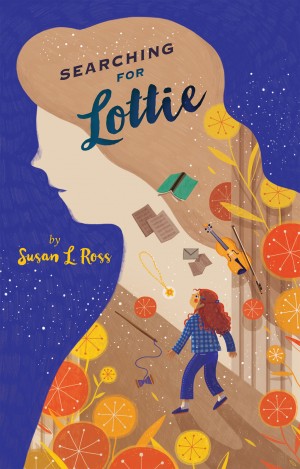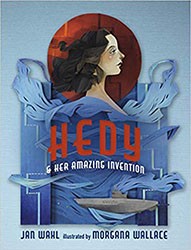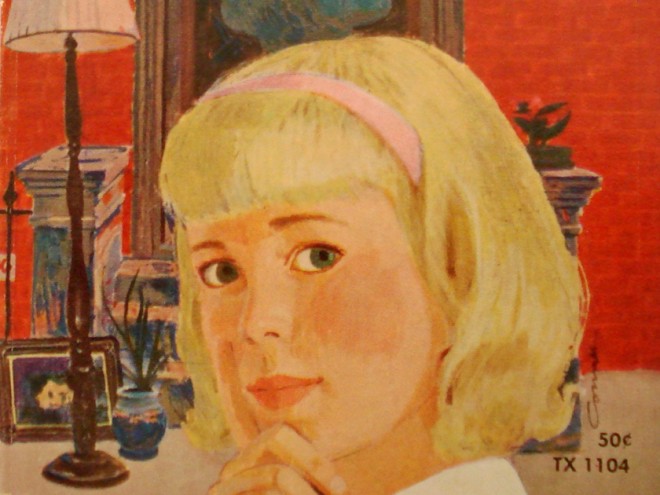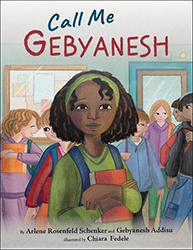Children’s and young adult books about the immigrant experience on Ellis Island have proliferated in recent years. Many of the stories, often closely based on actual experiences, are filled with drama and passion. They teach important lessons about hope, perseverance, dedication to family, love of freedom, and faith in the future. In this story, the young female protagonist is both courageous and artistically talented, and she uses her abilities to overcome difficult odds — resulting in a brighter future for her family.
Picture Girl, part of a publisher’s series called Becoming American Kids, is a well-written novel for elementary school readers. It is categorized as historical fiction, but is inspired by the life of Louise, or Luba, Dunn (née Dichne), whose artistic skill and optimistic spirit helped create a path for her Ukrainian family to enter the US and succeed. Illustrated with black and white drawings, the book encapsulates a chunk of Jewish history between World War I and World War II. Surrounded by the terrors of Cossack rampages, pervasive Communist antisemitism, and deadly bureaucracy, the two parents, young Luba, and her four siblings undertake an escape via a stormy ocean voyage to America. They finally arrive at Ellis Island where a whole new set of challenges arise; immigration officials did not allow families with sick children to enter and some of Luba’s siblings had arrived with the measles. In a simple but moving narrative, the book brings readers the story of their Ellis Island experience as the family waited for the children to regain their health and for permission to enter the country. When the children were finally healthy, bureaucratic regulations kicked in; at that point the quota of immigrants from their country had been filled and they were told they would have to return to the Ukraine, the land from which they had recently escaped. Luba uses her artistic talents in a resourceful, creative way, impressing the guards and officials with her drawing skills and proving to them that she and her family could be successful if allowed to enter.
Confident, feisty, talented Luba will win readers’ hearts, showing them that children are not always at the mercy of others but can make a difference in the world they inhabit and can be proactive in improving their lot. . This success-despite-all-odds tale will not overwhelm young readers with the difficulties the family must face because there is a pervasive sense of optimism throughout.
The book includes an afterword which describes Luba’s adult life, a glossary, a suggested reading list, and questions for discussion that parents or teachers can utilize to promote further inquiry and a deeper exploration of the issues while learning more about this important piece of Jewish American history.
Award-winning journalist and freelance writer, Helen Weiss Pincus, has taught memoir writing and creative writing throughout the NY Metro area to senior citizens and high school students. Her work has been published in The New York Times, The Record, The Jewish Standard, and other publications. She recently added “Bubby” to her job description.






